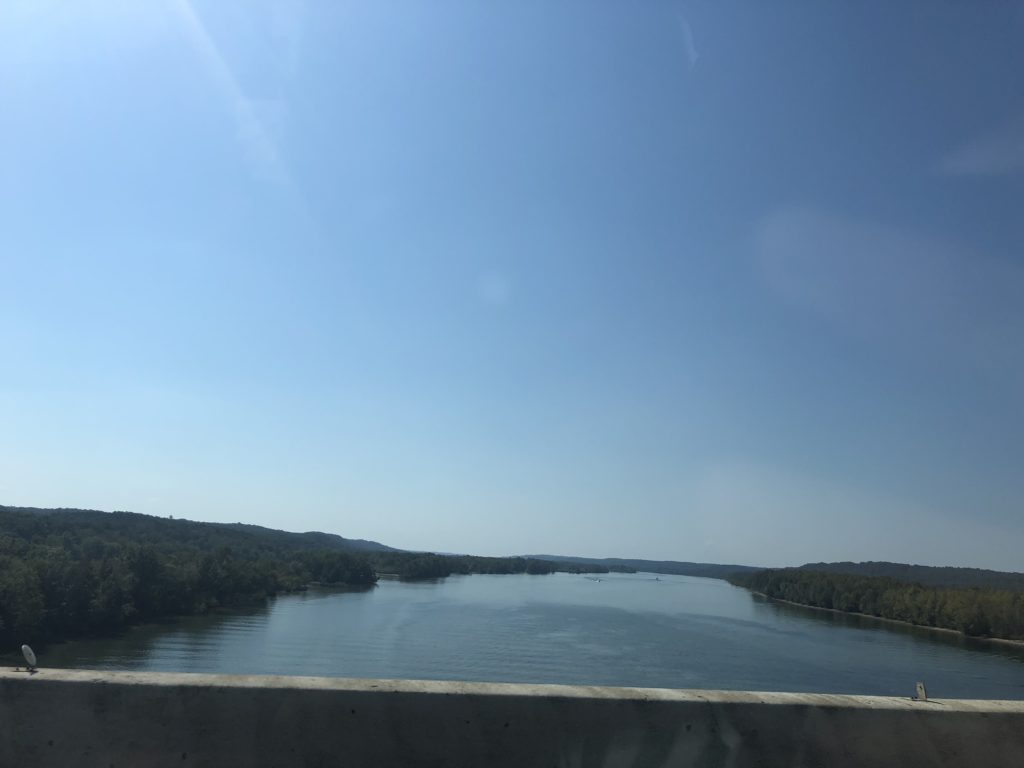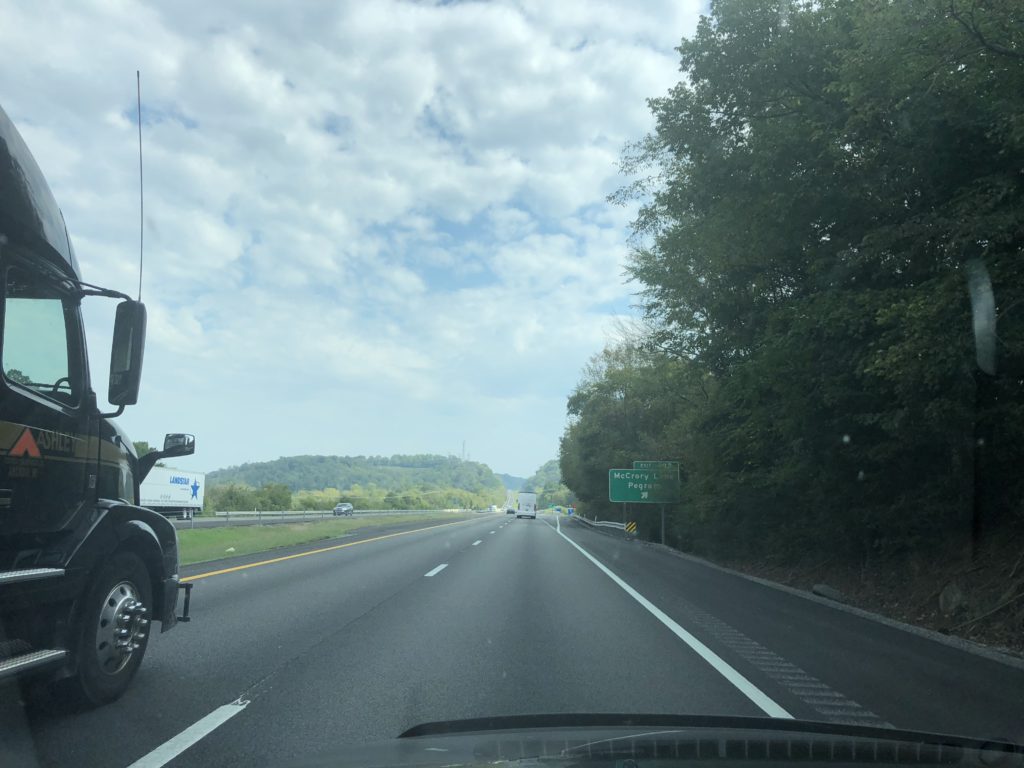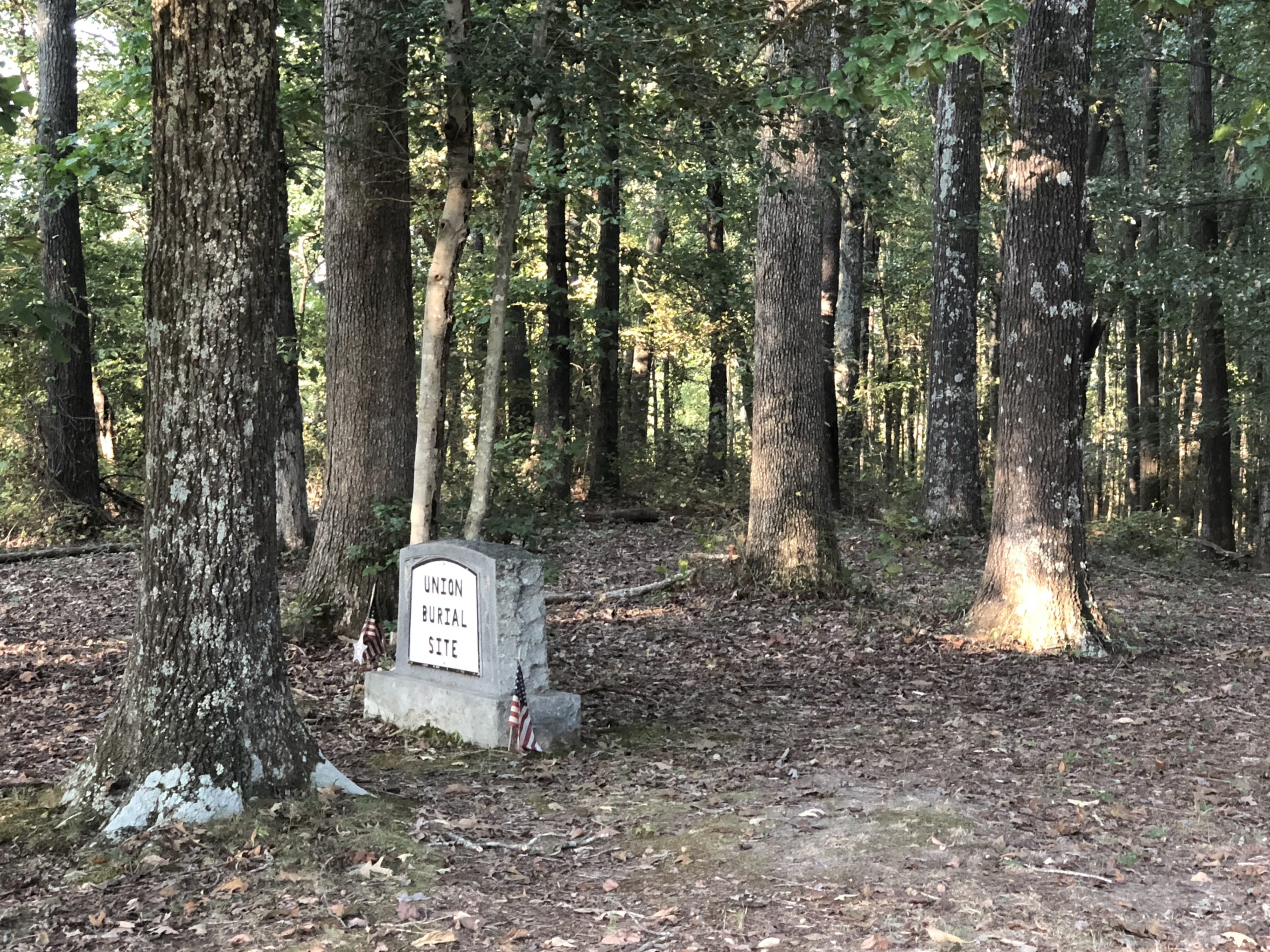The very first battle of the American Revolutionary War took place near the towns of Lexington and Concord, not far from Boston in Massachusetts. A large force of British Army “regulars” set off from Boston to capture military supplies in nearby Concord. Famously, Paul Revere made his “midnight ride” to alert the Americans of the incoming attack. The Brits supposedly fired the first shot at Lexington. Both heading out and on return, the British troops exchanged fire with a growing number of American “militiamen”. The battle ended with the American siege of Boston, and with many Americans like John Adams believing that the Rubicon had been crossed.
Nowhere near Massachusetts, Ella and myself were driving down a highway in Tennessee. Having set off from Memphis and about half way to the state capital of Nashville, we decided to stop off for a night somewhere en route – maybe catch a glimpse of small-town life in the state. This is how we ended up in Lexington (pop: 7,700), Tennessee. There are 23 states with a town named Lexington and this was Tennessee’s version, named in honour of that first Independence battle. The town’s motto: “the central city for southern industry”.
We wandered around the town without much of a plan. We popped into a Dollar General store as well as a big Walmart for some supplies.
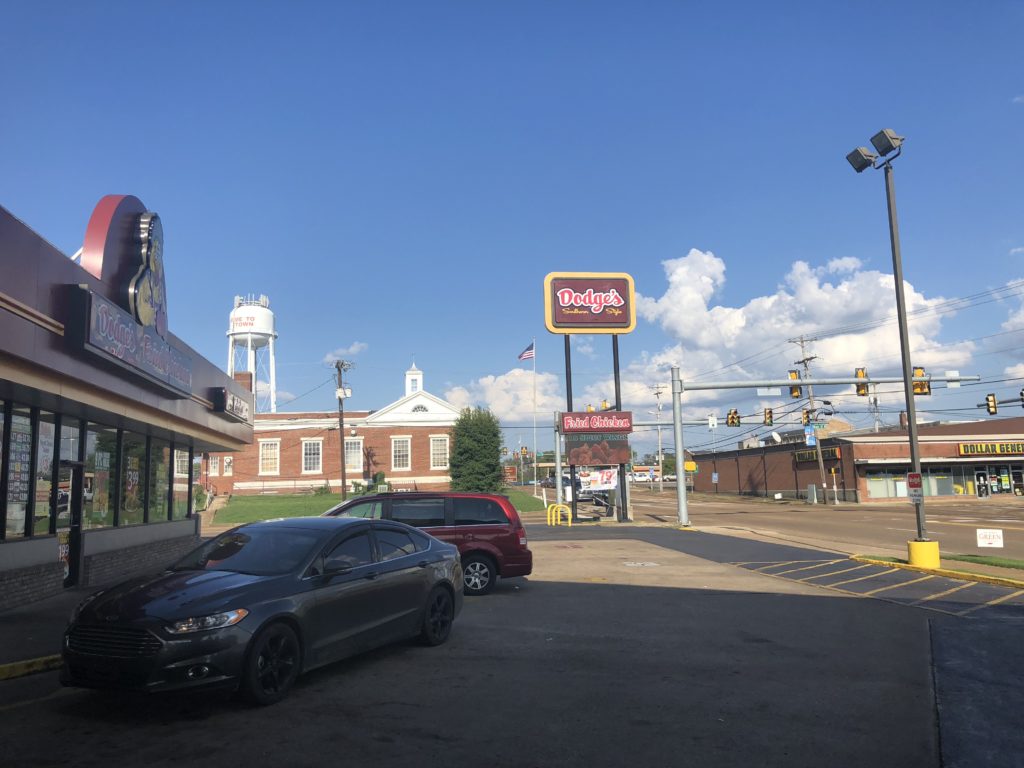

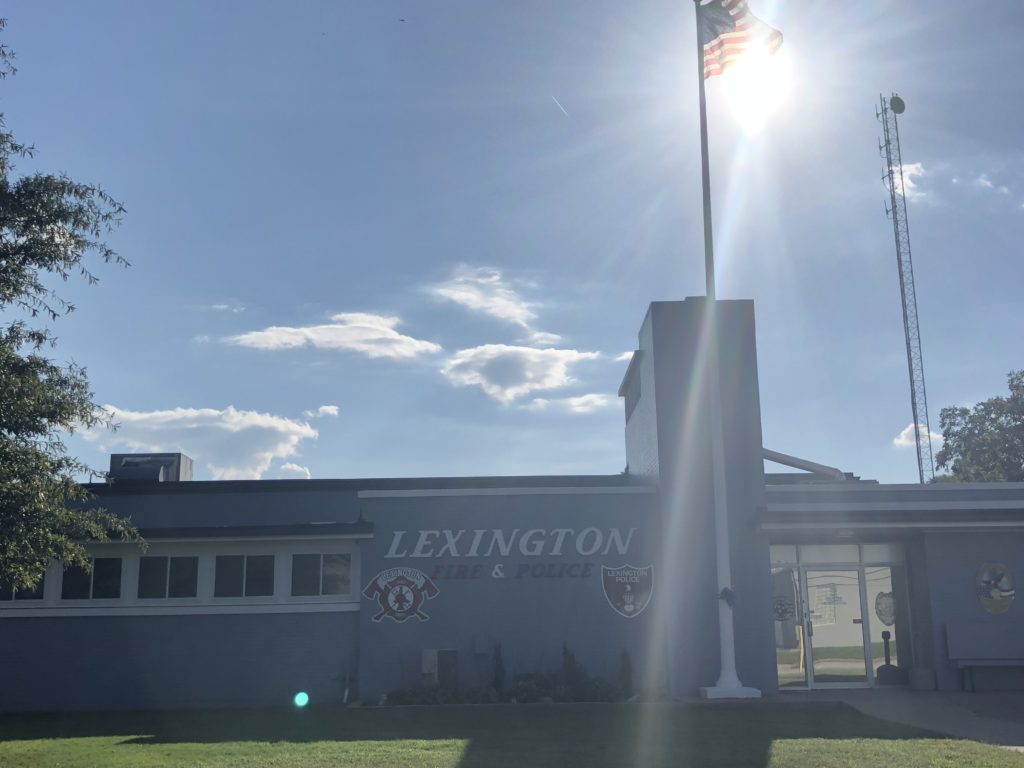
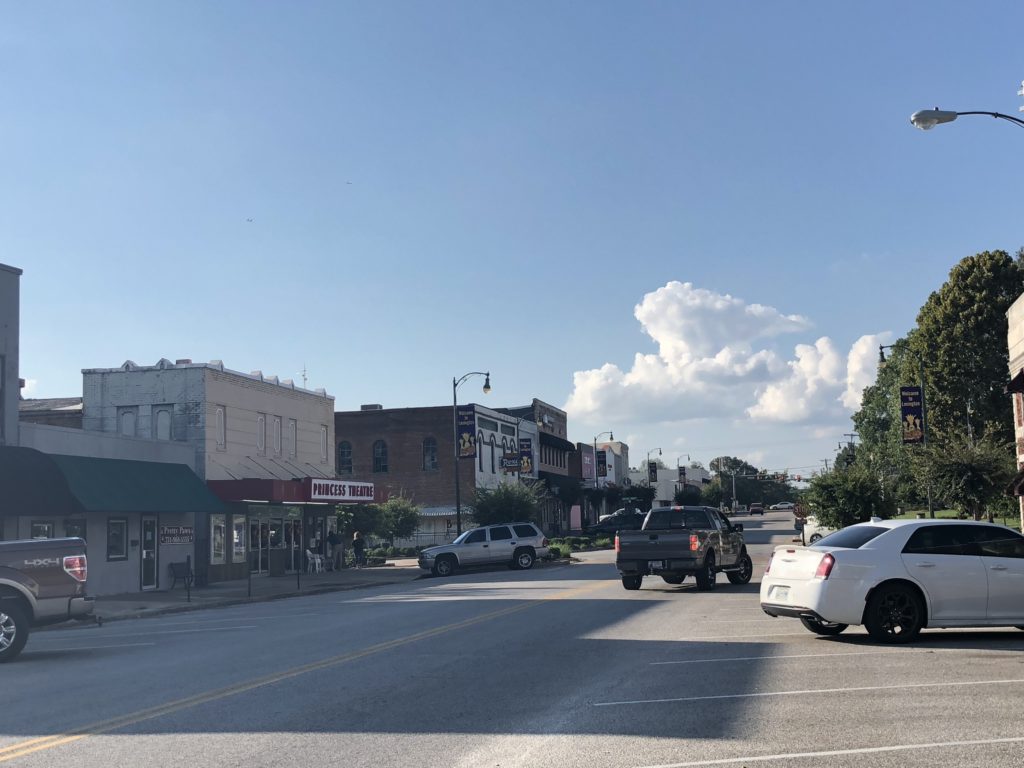
We quickly figured out that the town’s biggest historical event was a Civil War battle that occurred in late December, 1862. The “Battle of Parker’s Crossroads” took place a few miles north of town, and today, the battle has its own visitors centre and self-driving tour. We spent the next few hours exploring the Civil War battle fields.
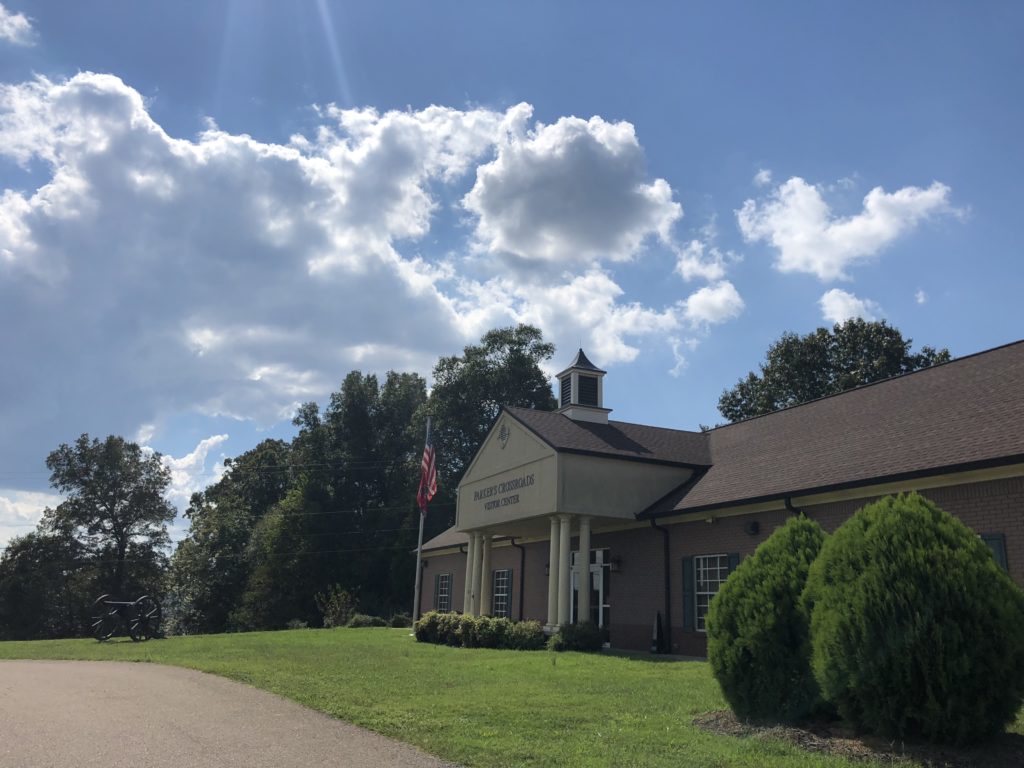
The set up: In late 1982, Vicksburg, Mississippi, was a key Confederate river port. If the Union army could take it, it would be a serious blow to the Confederates, who were already on the back foot. To hinder the Union advance, the Confederates dispatched General Nathan Forrest and an 1,800-man cavalry to wreck havoc on the Union army’s supply lines in West Tennessee. Forrest and co. destroyed 50 railroad bridges (hindering resupply and communications), and captured artillery, ammunition and other supplies. By late December, Forrest and co. were camped just north of Parker’s Crossroads. The Union Army saw their chance and sent three different brigades to surround him.
The fighting started at a place called Hicks’ Field. The first brigade of Union troops to arrive, led by Colonel Cyrus Dunham, formed a line on a ridge overlooking the field. They took heavy artillery fire and decided to retreat back about a mile, where they reformed a line near John Parker’s house at a major crossroads (hence, Parker’s Crossroads). Parker, a reverend, a doctor, and a Unionist himself, demanded that the Union army remove their cannons from his yard so as not to put his house in the line of fire. A Union officer asked him what was more important, the Union cause or his house, to which Parker responded: “my house”. Again, heavy artillery fire forced the Union troops to pull back to a split-rail fence about a mile south.
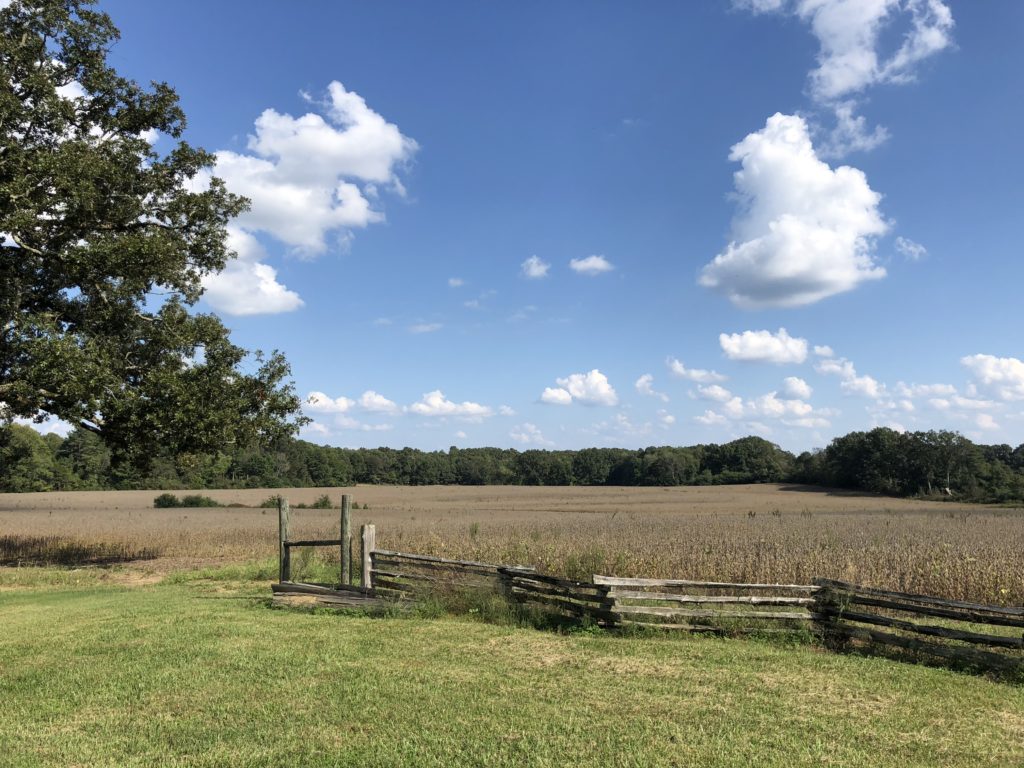
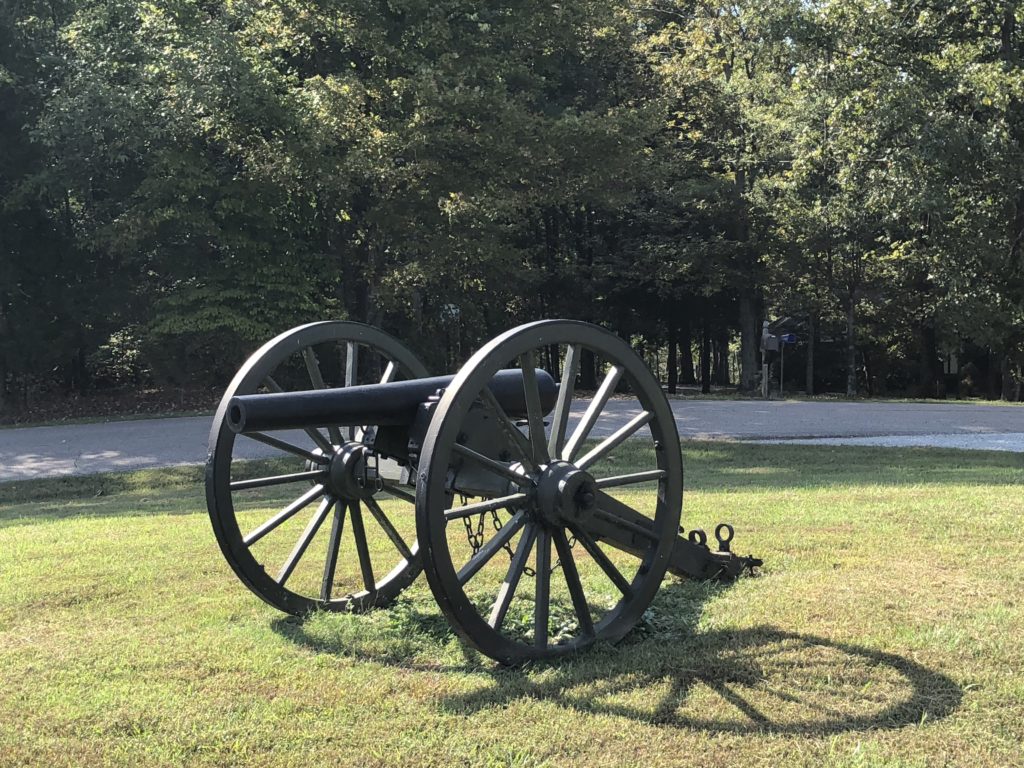
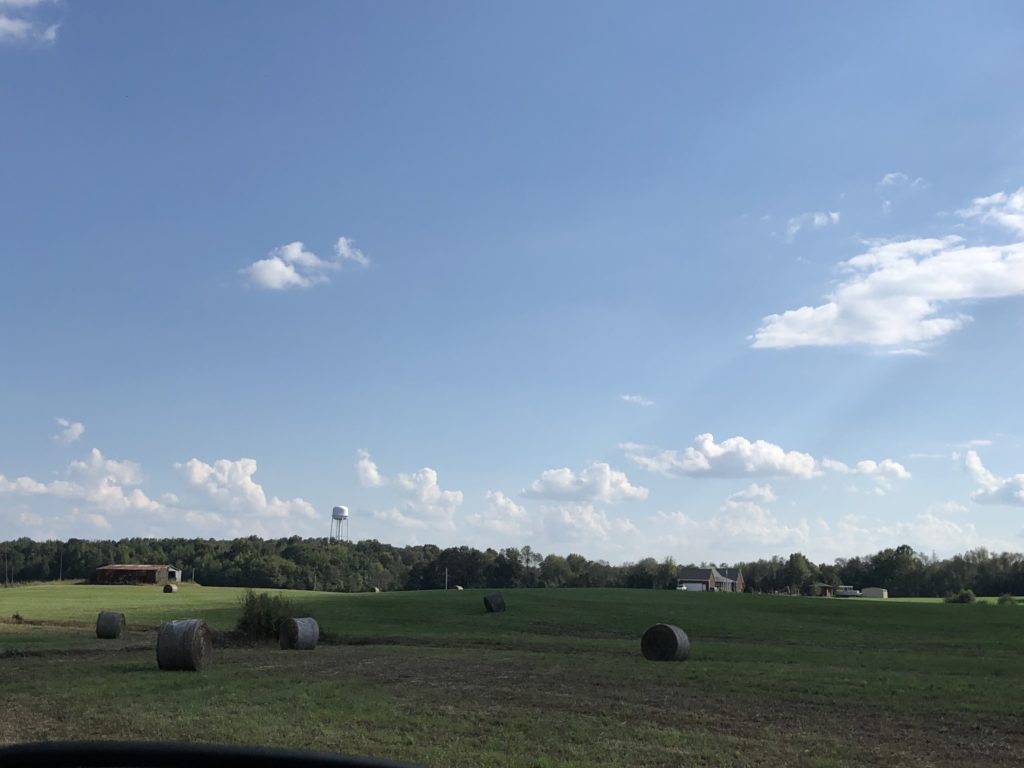
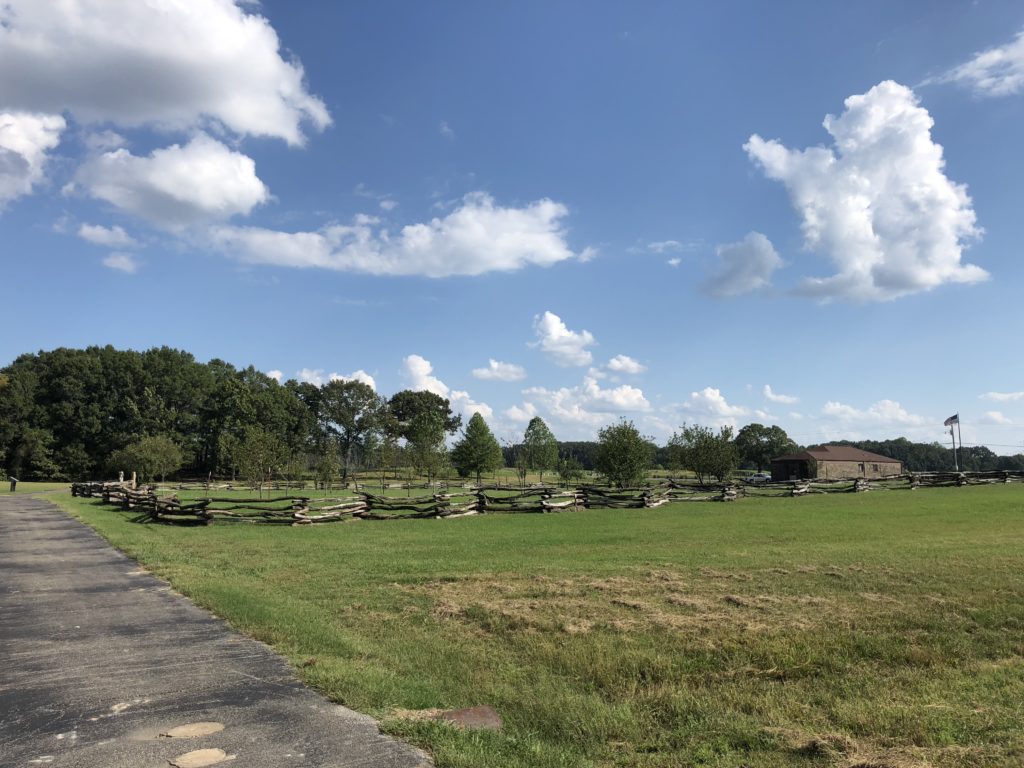
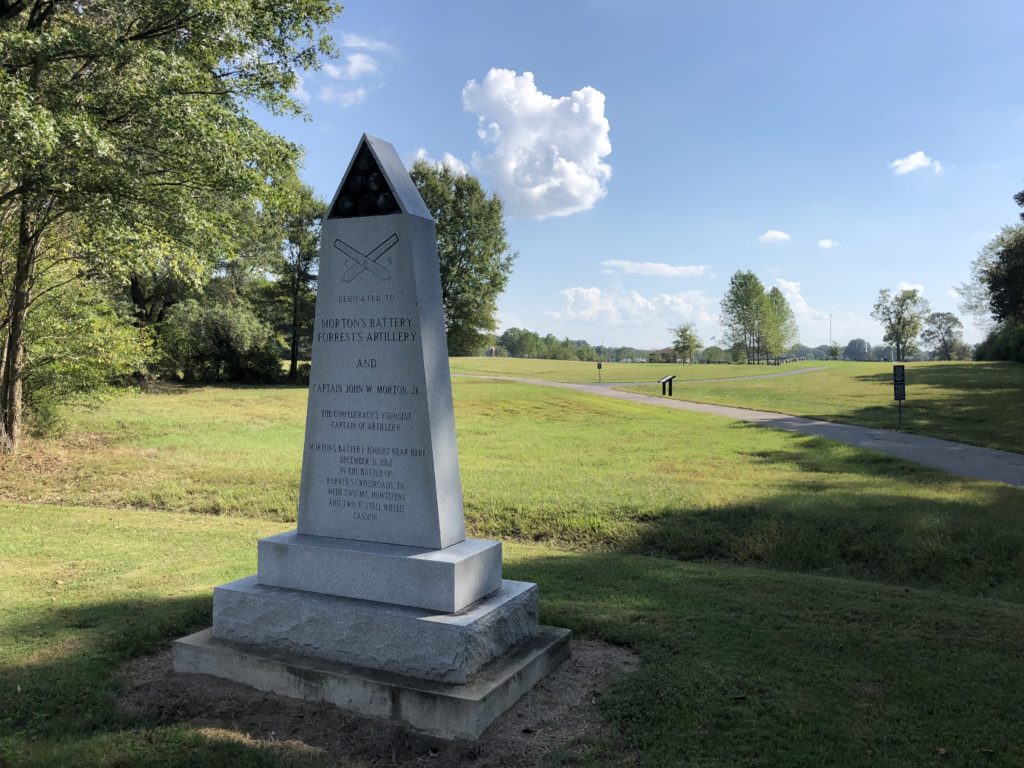
The Confederates pressed their advantage, managing to attack the Union position from different angles in close combat. At this point, the second Union brigade arrived from the north and surprised the Confederates with cannon fire from the rear. They were stuck between two lines of battle and were quickly overwhelmed. Forrest managed to flee, and the Union troops won the day.
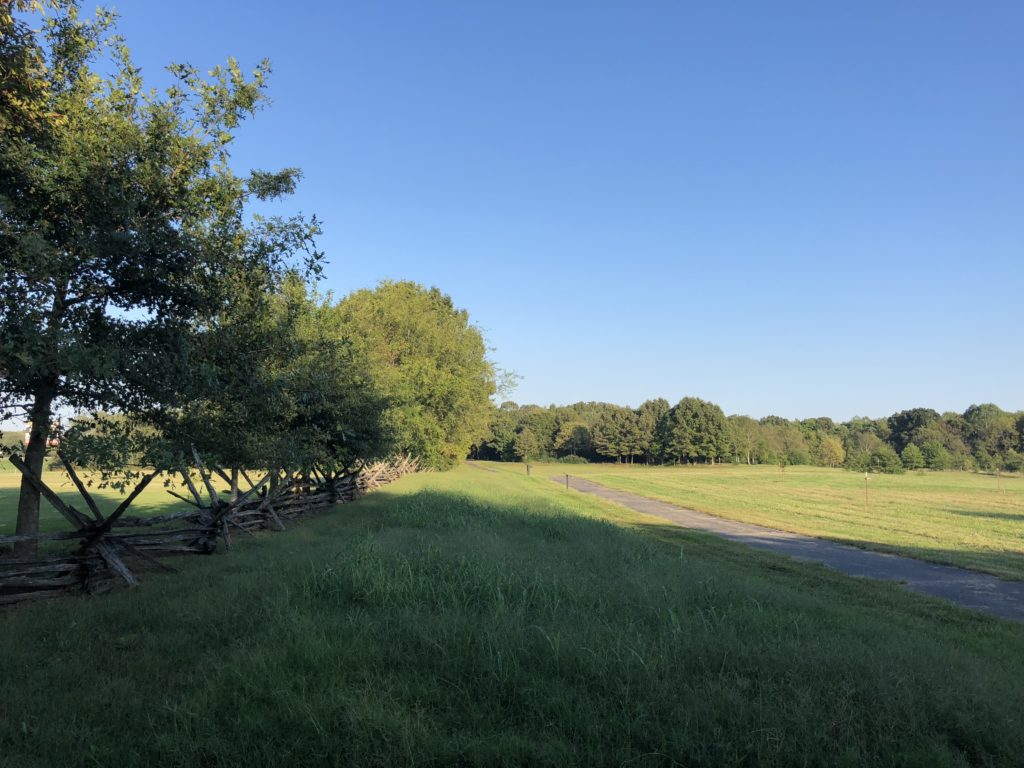

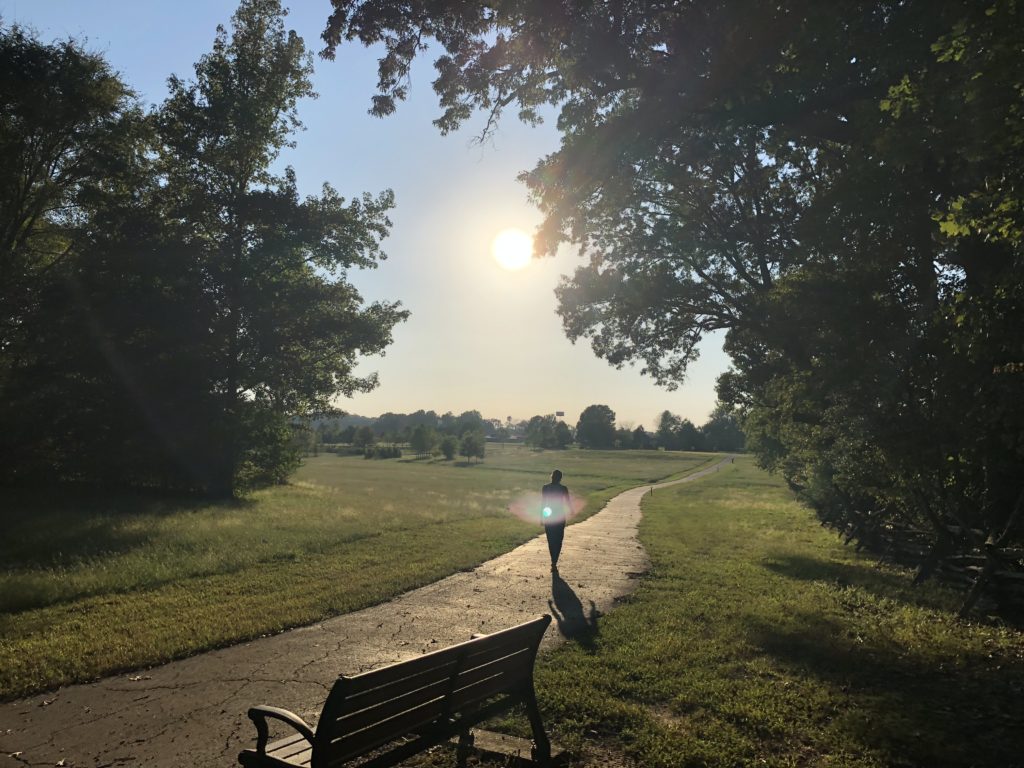
The experience of exploring a Civil War battle field was interesting. Cannons, rifles and bayonets – brutal stuff. The most surprising aspect was how biased the tour material was in favour of the Confederates – the group that lost the battle and the Civil War. Most of the information about different battle sites, background information about the participants, military strategy, etc., essentially praises the grit and brilliant tactics of the “underdog” Confederate troops. Almost as a footnote, its mentioned that they lost this battle and the whole war. It is baffling. I’ve never seen the losing side so praised during the reign of the winners. As one example, the tour booklet cover features a drawn picture of Confederate cavalry heroically charging into battle… then they lost. It is very odd. Forrest receives the lion’s share of the praise. Which is also odd because he is an exceptionally controversial figure. In the decades that followed the war he was a Grand Wizard of the first Ku Klux Klan. I guess the lesson is that although the Union was victorious, in some ways, it didn’t go on to occupy the land. Today, some people still hold on to the “Lost Cause” of the Confederacy – which just seems incredibly backward looking – “historical luddites”. Only in America.
For us, it was onwards and eastwards, as we hit the road the next morning for Nashville, Tennessee!
